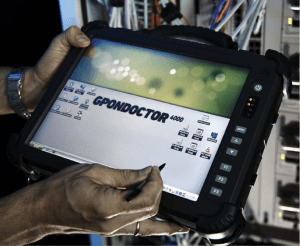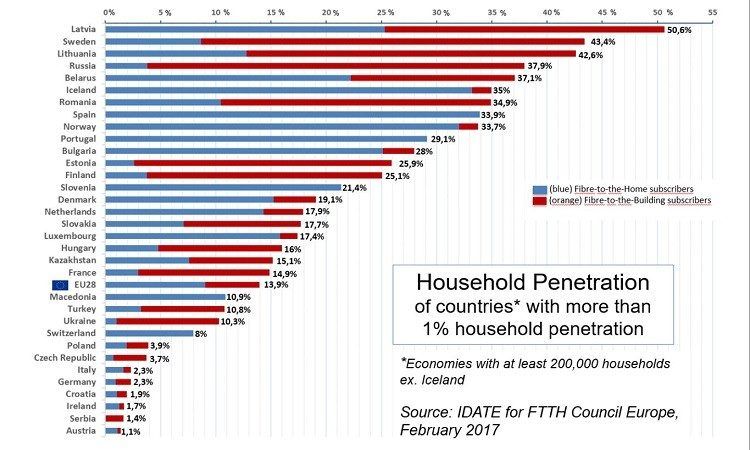
Las redes locales pasivas ópticas, basadas en la tecnología GPON, son la base necesaria para la transformación en la INDUSTRIA 4.0.
La aplicación de las comunicaciones por fibra óptica en las redes de área local ofrecen grandes ventajas frente a las redes tradicionales: Ahorro de un 60% en costes de mantenimiento, un 50% menos de espacio, consumo de energía 40% inferior, 50% en costes de instalación de la infraestructura de comunicaciones, y todo ello al mismo tiempo que ofrece mayor velocidad de datos, interfaz los servicios de voz, datos y vídeo y cubre distancias de hasta 20 Kilómetros.
En este taller, de tres días de duración, te proponemos descubrir los conceptos básicos de cada tecnología FTTx a partir de una introducción a los principios arquitectónicos de las redes de acceso.
Durante la segunda parte de la formación los participantes adquirirán más conocimiento sobre las redes ópticas pasivas (PONs).
La formación está orientada para que resulte práctica, una plataforma GPON FTTH será puesta a disposición de los participantes, incluyendo un emulador OLT y un analizador de protocolo GPON.
Además, Los participantes aprenderán a proporcionar servicios (IPTV, VoIP, HSI), verificar su calidad de experiencia y su seguridad.
Fechas: 12,13 y 14 de Junio
Duración: 24 horas. Tres días de formación, prácticas incluidas.
PVP: 2.100€ + IVA/ persona
Mínimo 4 asistentes y máximo 12
Contenidos
- Introduction to FTTx Access Networks
- Passive Optical Networks
- GPON Basics
- GPON Infrastructure in-buildings
- GPON Essentials
- Deeping into the protocol: GTC Layer
- Deeping into the protocol: GPON Encapsulation Method
- Deeping into the protocol: ONU Management and Control Interface(OMCI)
- Towards interoperability
- GPON: The evolution

Más información y registro en:


